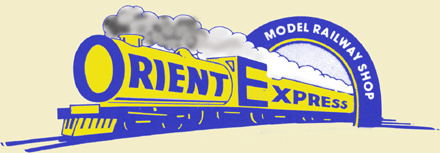

Model features include:
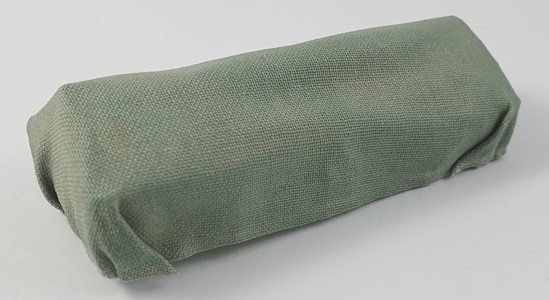
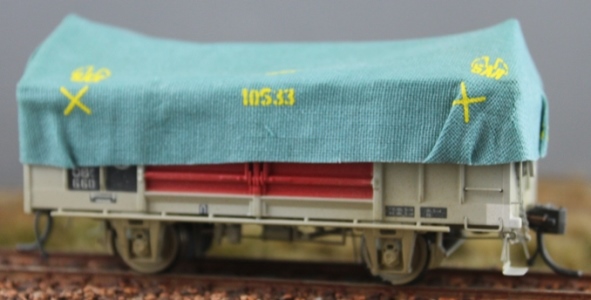
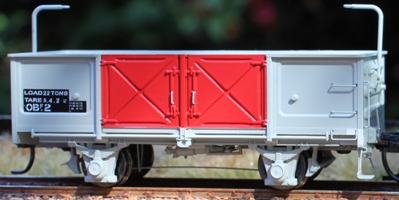
Pressed Metal Doors, Friction Bearings

Pressed Metal Doors, Friction Bearings

Prefabricated Doors, Roller Bearings
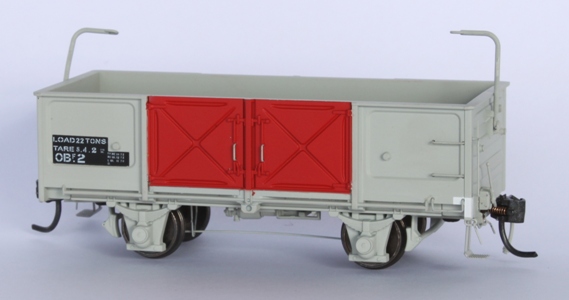
Pressed Metal Doors, Friction Bearings
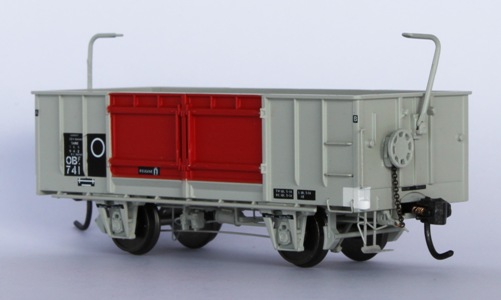
Prefabricated Doors, Roller Bearings
Prefabricated Doors, Roller Bearings
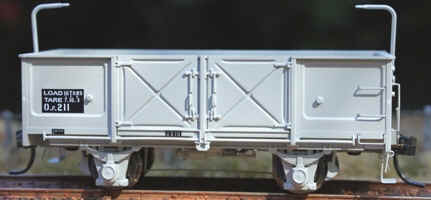
Pressed Metal Doors, Friction Bearings
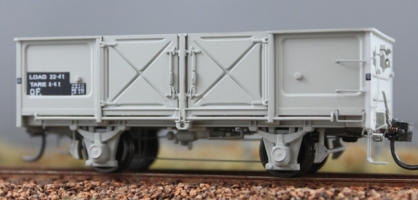
Pressed Metal Doors, Friction Bearings, Unnumbered
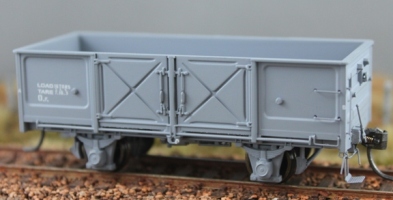
Pressed Metal Doors, Friction Bearings, Unnumbered
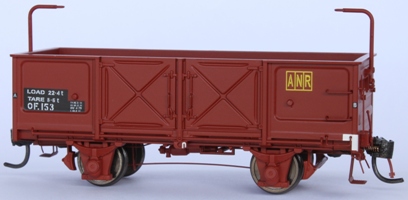
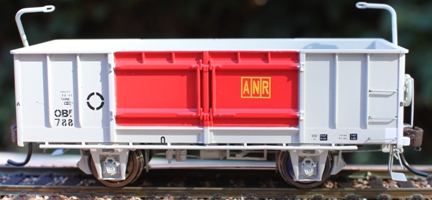
Pressed Doors, Friction Bearings / Prefab Doors, Roller Bearings
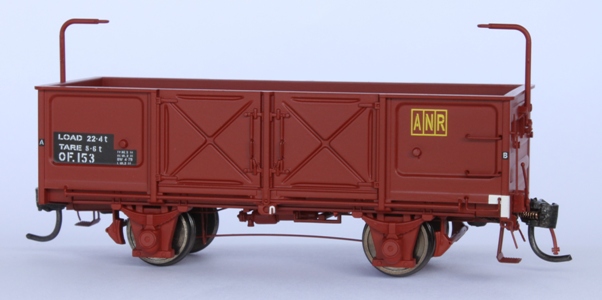
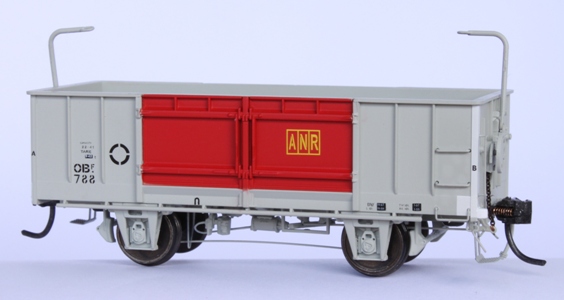
Pressed Doors, Friction Bearings / Prefab Doors, Roller Bearings
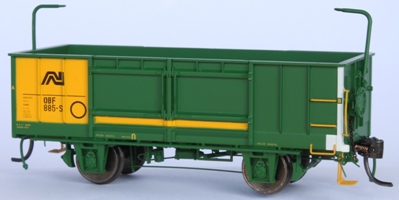
Prefabricated Doors, Roller Bearings
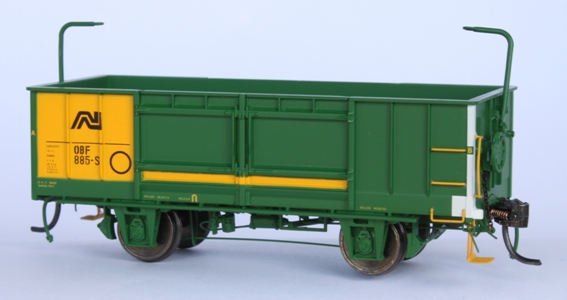
Prefabricated Doors, Roller Bearings
On first glance it seems odd that a four wheeler was produced in large numbers after the introduction of relatively modern bogie stock. Railway commissioner W.A. Webb tried to modernise the South Australian railways along his American experiences, and succeeded in many ways, particularly considering the relatively short time span. For Webb the little English wagons he found on arrival must have been a step back in time. Within a few years the S.A.R. became arguably the most modern railway within Australia and improved services dramatically.
Still, it became clear to his successors that there was a need for modern four wheelers to avoid running half empty bogie stock for small assignments and to replace the older, very outdated types still in use. Or were they just used to the old ways and tried to turn the wheel backwards after Webb had left? Hard to say, but the longevity of service of the trusty OBf’s is proof of their versatility.
A simple system of classes (O & Of, DW & DWf, S & Sf) were created where the ‘f’ denoted the 4 wheel version of the same type of bogie wagon. While the OB was rebuilt on the O Wagon chassis, the OBf was constructed simultaneously with many identical components. The brake system of the new four wheelers was in principle based on earlier types using linkage rods underneath the axle, but received modern handbrake levers or brake wheels placed on the end rather than the English influenced, heavy and cumbersome side levers.
The first batch built from 1948 (No.’s from 1 to 501), originally designated Of, was based very closely on the OB design, with pressed metal doors, the same ends, but the brake levers mounted just above the frame. Conventional round lidded friction bearings and leaf springs were used.
In the mid sixties a further batch of approx. 400 wagons were built specifically as OBf. These came equipped with prefabricated doors (like the final series of the OB wagons), modern ribbed end panels and a large brake wheel. These wagons were distinguished by modern roller bearings, which allowed much better running and higher speeds. Due to the roller bearing this type was the most common version seen on Victorian tracks and survived longer, right into the late 1990’s.
Most of the first series received sealed doors and became recoded to OBf, while the numbers 300 to 500 (Approx.) were partially rebuilt to receive roller bearings but were otherwise little different to the original series.